Get PeakVisor App
Sign In
Search by GPS coordinates
- Latitude
- ° ' ''
- Longitude
- ° ' ''
- Units of Length

Yes
Cancel
Share ×

Scan the QR code and open PeakVisor on your phone
❤ Wishlist ×
Choose
Delete
Simonsberg Nature Reserve is a protected area located in the Western Cape province of South Africa. There are 4 named mountains in Simonsberg Nature Reserve; the highest and the most prominent is Simonsberg, measuring 1,390 meters (4,560 ft).
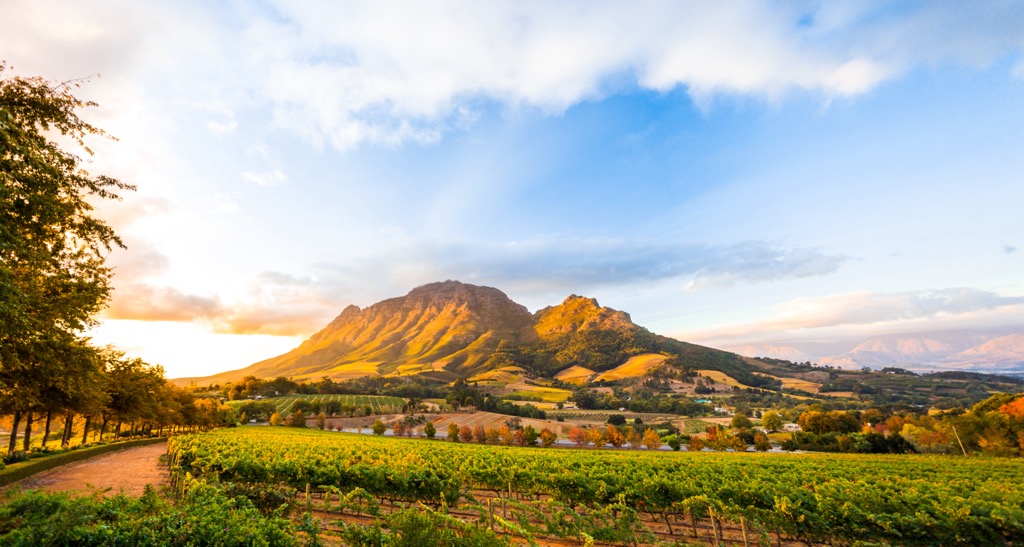
Simonsberg Nature Reserve sits between the Western Cape’s wine-producing towns of Stellenbosch, Paarl, and Franschhoek, which fall in the Cape Winelands District Municipality. The Simonsberg Nature Reserve is part of the Greater Simonsberg Conservancy, a non-profit organization that supports private landowners around the base of the Simonsberg, Klapmutskop, and Banhoek Valley in their conservation efforts.
The reserve is home to the Simonsberg, part of the Cape Fold Belt. Somewhat isolated, the Simonsberg is detached from the other ranges in the Winelands region. The three additional hills of Drosternes, Joubertspiek, and Kanonkop comprise the Simonsberg range. The foothills of Simonsberg fall under the protection of the Greater Simonsberg Conservancy, safeguarding the critically endangered Swartland Shale Renosterveld and Boland Granite Fynbos ecoregions.

The climate of the Simonsberg Nature Reserve is characterized by warm, dry summers and cool, wet winters. Like the wine-producing regions of Europe and California, it’s one of the world’s few examples of a Mediterranean climate. During the summer months (December to February), temperatures fluctuate between 18°C and 28°C (64°F to 82°F). The winter months (June to August) are mild, with temperatures of 7°C to 18°C (44°F to 64°F). The reserve receives substantial rainfall during winter, with an average annual precipitation of 1,000 mm (39 in). Both the abundant summer sunshine and the winter precipitation are integral to grape production.
The Simonsberg Nature Reserve provides panoramic vineyard vistas from the summit of its namesake peak, Simonsberg. Hiking enthusiasts frequent the reserve, primarily to climb Simonsberg, which features the reserve’s sole hiking trail. Some visitors also explore adjacent trails in the Hottentots-Holland Nature Reserve and Jonkershoek Nature Reserve.
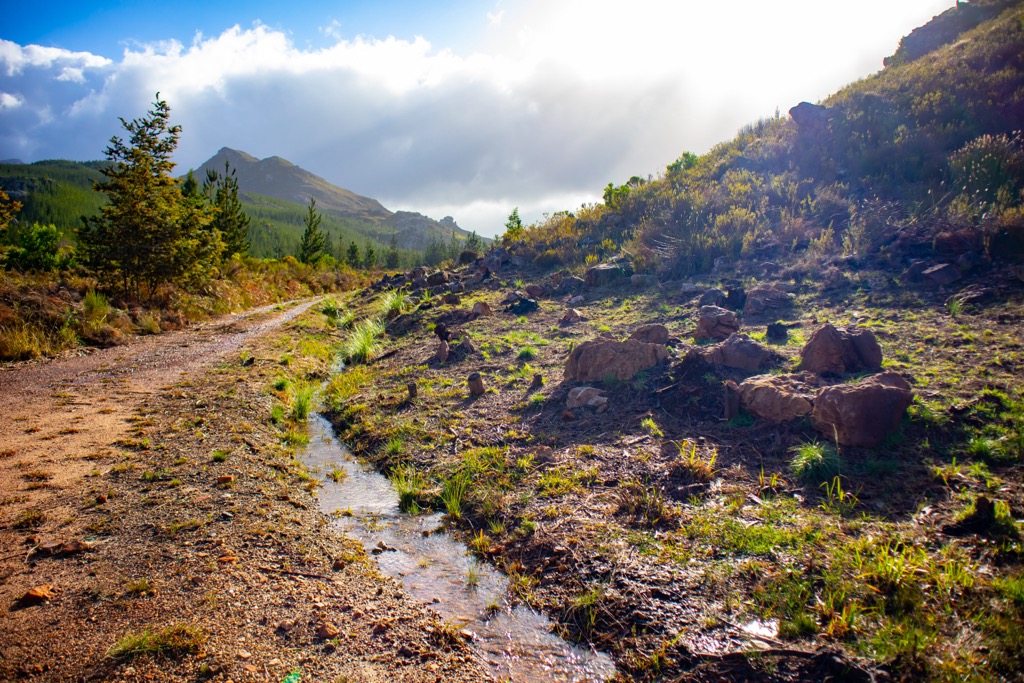
The hills of the Simonsberg Nature Reserve are part of the Cape Fold Belt, a geological formation formed over 280 million years ago. The peaks are primarily composed of Table Mountain Sandstone.
In addition, the Simonsberg Nature Reserve is situated on the dormant Colensoe fault line, which is geologically significant as the meeting point for three rock structures: sandstone, granite, and conglomerate.
Renosterveld and Boland Granite Fynbos characterize the flora in the Simonsberg Nature Reserve. The area is home to more than 120 indigenous plant species and at least 24 geophytic plant species, most of which flower during spring. The Yellowwood trees, over 300 years old, are a significant botanical feature of the reserve.
The fauna in the reserve is equally diverse. The area is home to more than 60 bird species; the call of the African Fish Eagle is regularly heard in the area. Meanwhile, camera traps often record sightings of the endangered Cape Leopard.
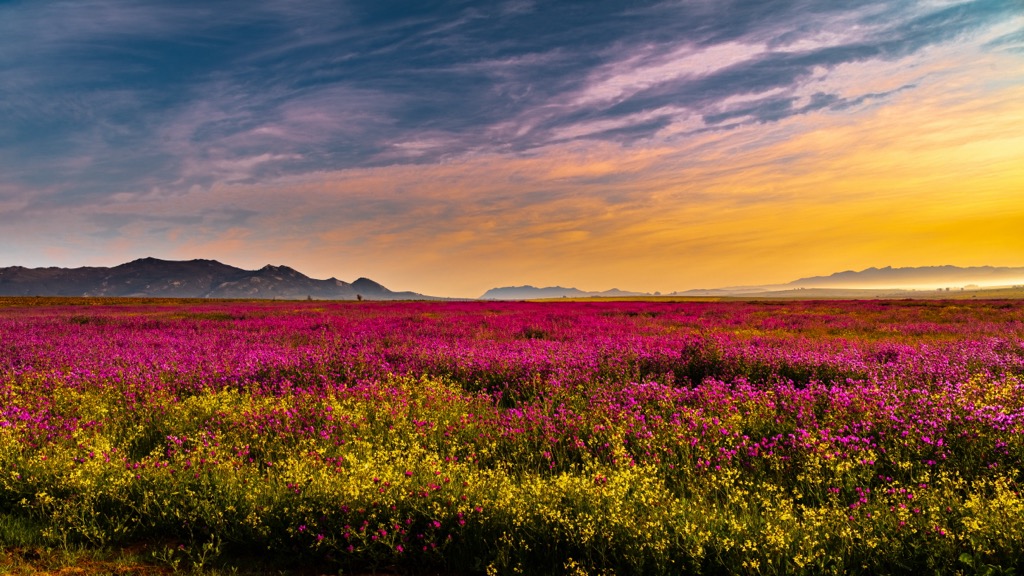
The reserve derives its name after Simon van der Stel, the first governor of the British-established Cape Colony, who is credited with founding and naming Stellenbosch and Simon’s Town.
The Greater Simonsberg Conservancy was established in 2000 after a devastating fire spread from Pniel around the Simonsberg and ended on Klapmutskop. The conservation efforts started with the establishment of a Conservancy under Cape Nature’s Stewardship Programme with the five landowners around Klapmutskop and now has about 30 members. These vineyards function as custodians of the conservancy, safeguarding and preserving the area through sustainable practices.

The Simonsberg Hiking Trail is a popular and only hiking trail in the Simonsberg Nature Reserve. The trail is 7.7 km (4.8 mi) long and is difficult due to its steep and rocky terrain. Hikers begin the route at the Tokara Wine Estate and pass through dense vegetation before reaching the actual trail.
Once climbing begins, the trail gets progressively steeper. Eventually, the gradient eases, and hikers will reach a large winding path. However, the final gully is steep again, with lots of loose rock. From the Simonberg summit, hikers will view incredible 360-degree views of the vineyards and surrounding peaks of Stellenboschberg, Bothmaskop, and Devil’s Tooth.

The Panorama Circuit Trail is a popular hiking trail in the Jonkershoek Nature Reserve near Stellenbosch. The trail is approximately 14 km (8.6 mi) long and is graded as moderate with an ascent of 1,050 meters (3,445 ft).
The trail starts at the Jonkershoek Nature Reserve entrance gate, about 10 minutes from Stellenbosch. The trail leads beside the Eerste River, then heads gradually up the gentle slopes beneath the surrounding mountains. Hikers will then reach the base of a sheer section and hike along the contour line before meandering sharply up to a viewpoint overlooking the Franschhoek Valley, Hottentots-Holland Nature Reserve, and Banghoek Peak. The Panorama Trail ends at the tight bend in the road at the valley's far end.
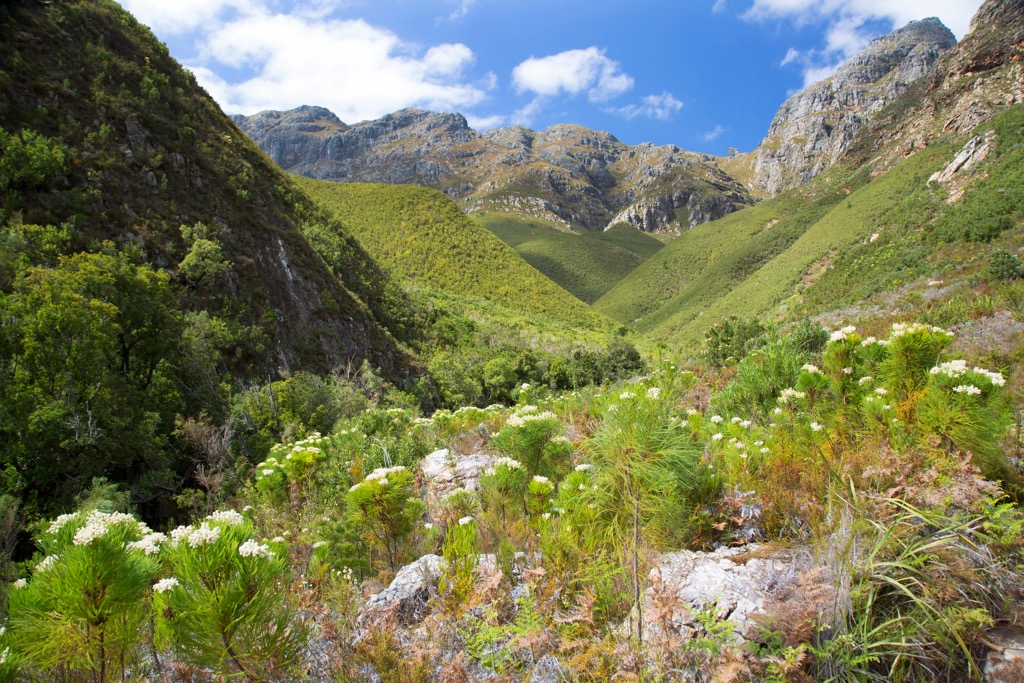
The Stellenbsoch Hiking Trail spans 11.6 km (7.2 mi) and starts near the parking lot by Danie Craven Stadium. It is a challenging trail in the Hottentots-Holland Nature Reserve, with an elevation gain of 1,175 meters (3,855 ft) on a path leading to Stellenboschberg. The trail and summit of Stellenboschberg offer views of Cape Town’s False Bay, Cape Point, Table Mountain, and Lion’s Head on a clear day.
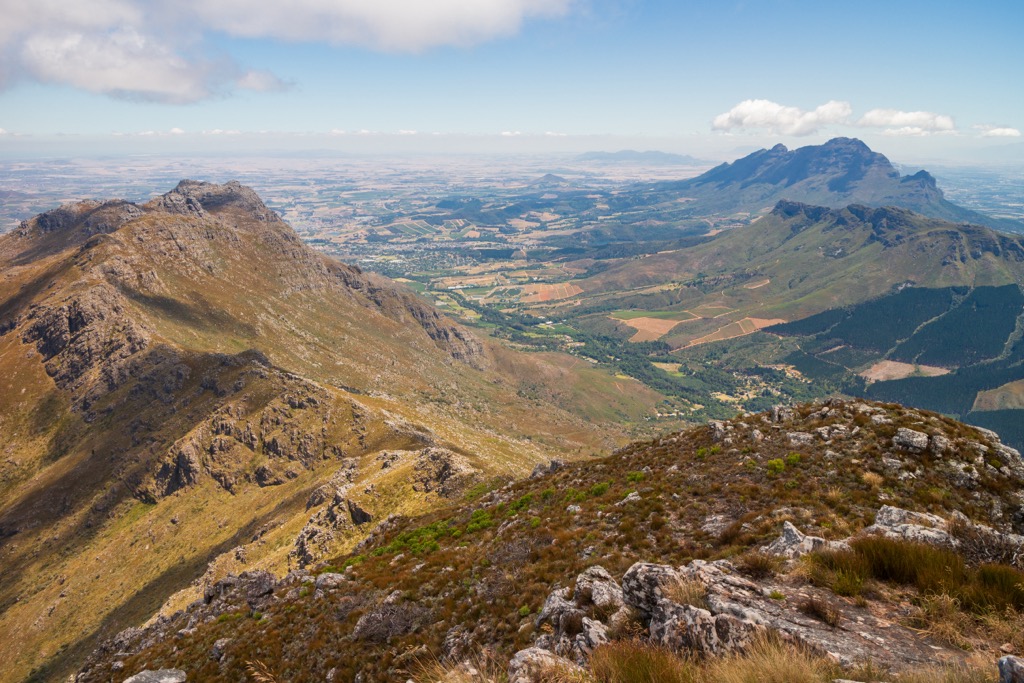
Stellenbosch is a historic South African town located in the Western Cape province. It is the second-oldest town in South Africa and is known for its wine production and university. Mountains and nature reserves surround the town.
Stellenbosch is synonymous with wine, and many wineries in the area are well worth a visit; some of the most popular include Spier, Muratie, and Waterford Estate.
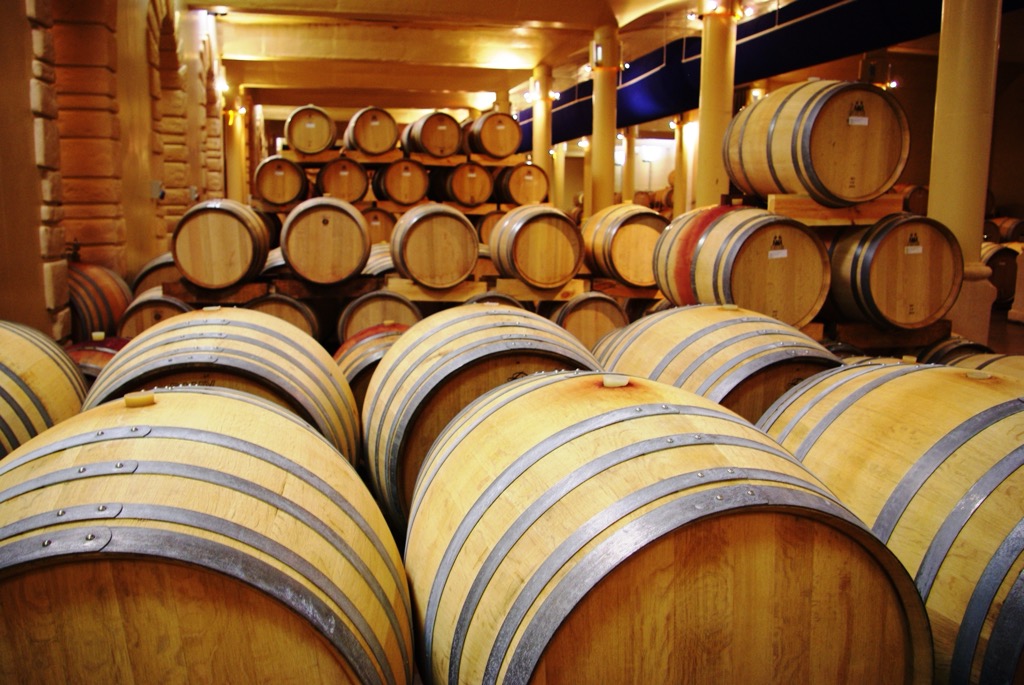
In addition to wineries, Stellenbosch has an extensive network of mountain and vineyard trails perfect for hiking, running, and mountain biking. The area has many nature reserves, such as the Jonkershoek and Assegaaibosch Nature Reserves.
Stellenbosch is rich in history and culture, and there are many art galleries, museums, and restaurants to explore. Attractions include the Rupert Museum, the Stellenbosch Village Museum, and the Oude Libertas Amphitheatre. Stellenbosch is also home to Stellenbosch University, which enrolls over 30,000 students and offers numerous cultural events on a nightly basis.
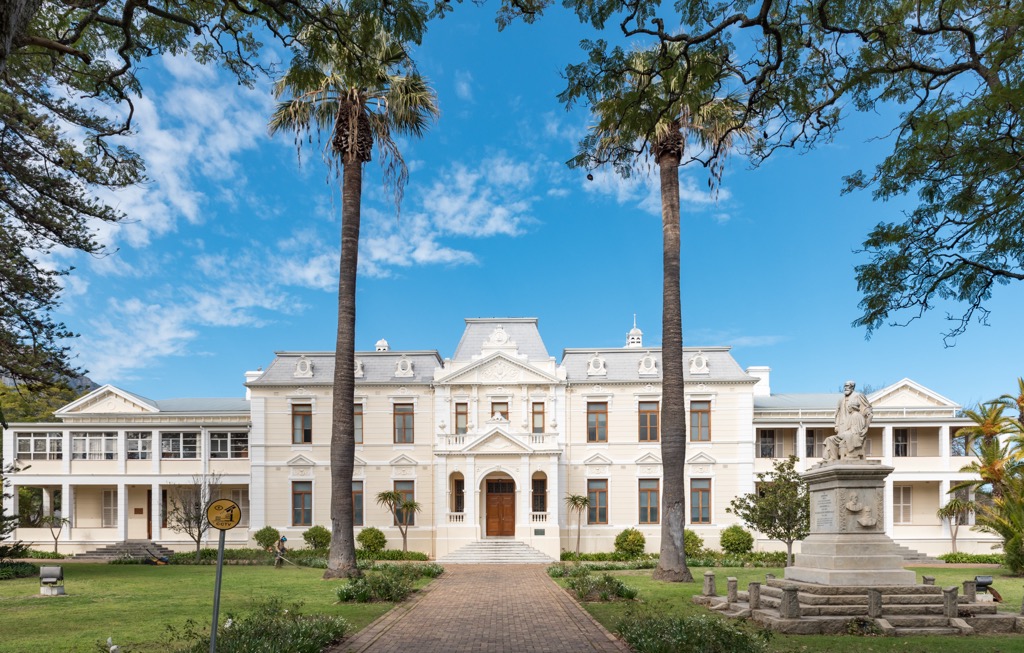
The town of Paarl is 12 km (7 mi) north of Stellenbosch. Like Stellenbosch, it’s known for its scenic beauty, vineyards, and historic architecture. Paarl is situated at the foot of Paarlberg, a popular hiking spot for tourists and locals alike.
Paarl’s top attraction is undoubtedly its vineyards. Fairview Wine and Cheese is a local cheese and wine producer with vineyards and roaming animals. It’s a popular spot for visitors, and it offers cheese and wine tastings and sells other artisanal products, such as breads, preserves, and olive oil.
Nederburg Winery is one of the oldest in South Africa and offers a range of award-winning wines. Visitors can tour the vineyards and enjoy a wine-tasting experience in the Cape Dutch house or gardens.
Plaisir Wine Estate is located in a picturesque setting between Paarl and Franschhoek and offers wine tasting to visitors. It is set in a valley with scenic views of the surrounding mountains.
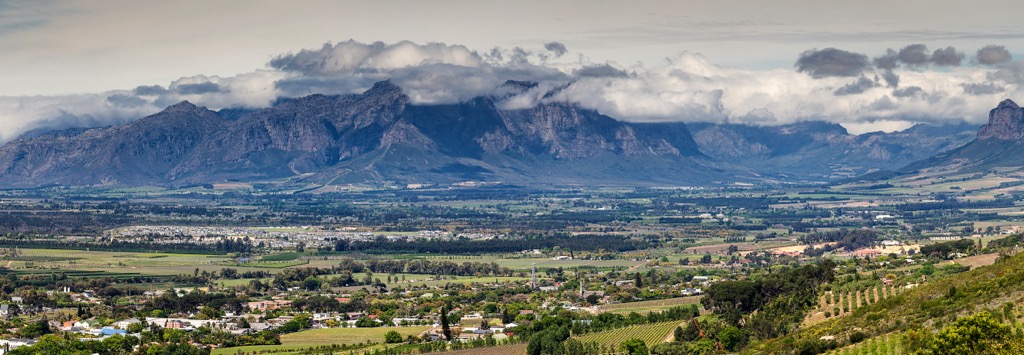
Explore Simonsberg Nature Reserve with the PeakVisor 3D Map and identify its summits.








